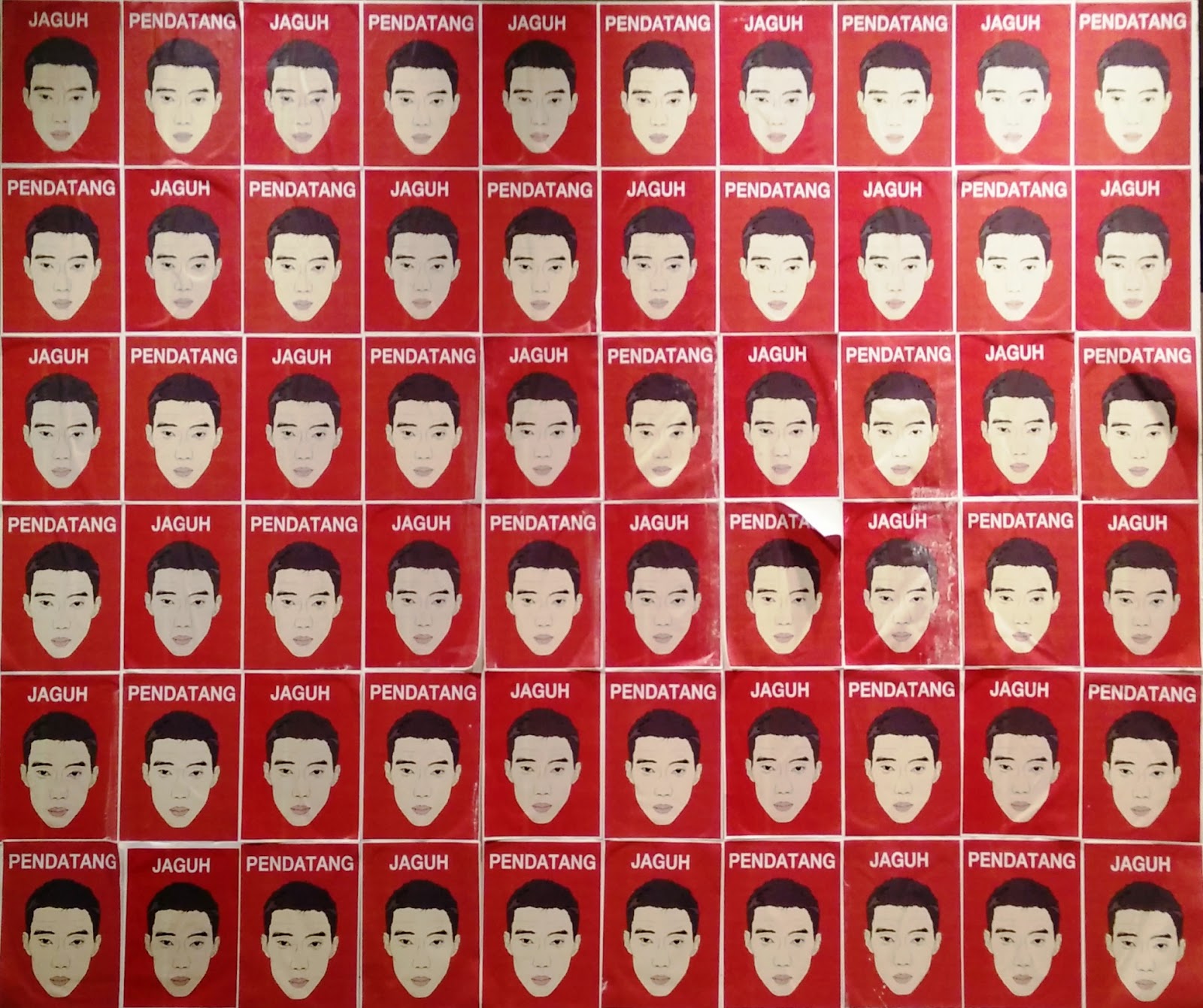Exiled to Nowhere: Burma’s Rohingya @ Prototype Gallery L4

In the famous old building beside Petronas Twin Towers, a square recess in the floor is stuck with quotes, one which states, “God created many species and every species has a place to live. Ants and snakes have a hole. Fish have water. Tigers and bears have bushes. But Rohingya don’t have any place to live. We want to ask the world, where is our place?” . Surrounding pin boards feature black & white captures taken from 2006 to 2014 which document the plight of the Rohingya, a Muslim minority group persecuted in Myanmar and internationally recognised as de jure stateless , i.e. one without citizenship of any nation state. Rakhine Buddhist Monks shout anti-Rohingya and anti-UN chants as they protest through the streets of Sittwe In an interview with BFM, photographer Greg Constantine says, "...statelessness touches on so many bigger themes, that are indicators of how we live life in 2015 (…) statelessness deals with the theme of identity, the power of the state, abou...




